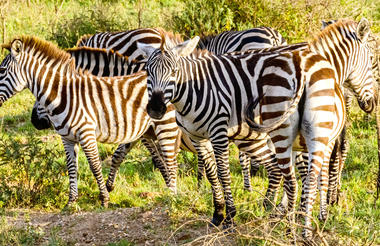Situated along the Nairobi River in beautiful Kenya, the capital of Nairobi is East Africa's most cosmopolitan city. It serves as an excellent starting point for African safari trips around Kenya. Nairobi is Africa’s 4th largest city and is a vibrant and exciting place to be. There are some fascinating attractions: its cafe culture, unbridled nightlife, the National Museum, the Karen Blixen Museum and most notably, just 20 minutes from the city centre, wild lions and buffalo roam in the world’s only urban game reserve. Make sure you pay a visit to the elephant orphanage operated by the David Sheldrick Wildlife Trust for a once in a lifetime experience.
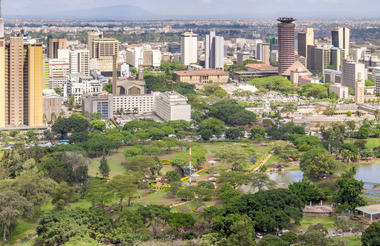
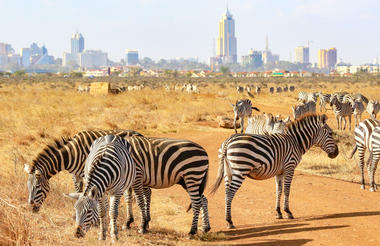
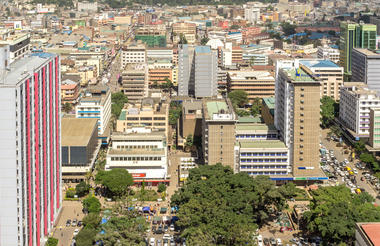
Set on the banks of the Ewaso Ng'iro River and neighbouring the Buffalo Springs National Park, Samburu National Reserve is characterised by a spectacular landscape of rugged hills, undulating plains and riverine forests. The park is home to abundant wildlife including a variety of rare species such as the reticulated giraffe, the long-necked gerenuk, Somali ostrich, Grevy's Zebra, and Beisa Oryx. Visitors can also enjoy spotting over 900 elephants, a variety of predators, and over 450 bird species. The ancient culture of the Samburu people is still alive here, and it is possible to see two unique customs firsthand. In the first, watch as herds of cattle respond to each man’s individual voice as they call. In the second, see the tribesmen perform incredible dances that go back hundreds of years.
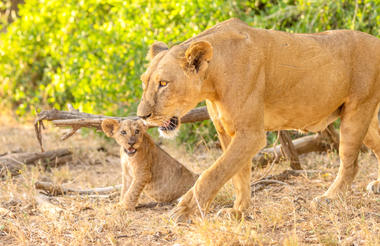
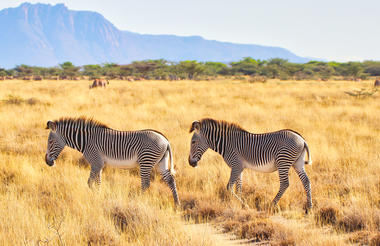
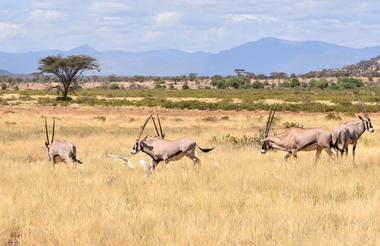
Rising up from the heart of the Kenyan landscape, the snow-capped Mount Kenya is a UNESCO World Heritage Site. It is Africa's second highest mountain reaching an impressive 5199 metres in height, which is an awe-inspiring sight. Visitors can explore its surrounding forests, trout-filled streams and game reserve; more adventurous travellers can summit the peak. While Mount Kilimanjaro is an easier climb, Mount Kenya is more of a challenge as it has a higher technical difficulty, however, Point Lenana can be easily reached by a fit hiker. Visitors can look forward to a variety of wonderful activities such as: cave exploration, mountain climbing, camping, and game viewing. Commonly spotted wildlife include: elephant, mongoose, duiker, bushbuck, eland and over 130 bird species.



Located in the southern reaches of Kenya, the Amboseli National Park is renowned for its excellent variety of wildlife such as Maasai giraffe, elephant, lion and cheetah and not surprisingly it is one of Kenya's most popular parks. The landscape of Amboseli is dominated by the majestic snowcap of Mount Kilimanjaro, as well as open plains, acacia woodland, swamps and the massif of Ol Doinyo Orok. The birding is excellent, especially closer to the lakes and swamps. The park is famous for being the best place in Africa to get close to large herds of elephants among other wildlife species. Other attractions include opportunities to meet the Maasai people and soak up spectacular views of Mount Kilimanjaro, the highest free-standing mountain in the world.

Located in Northern Tanzania, the Ngorongoro Crater is best known for its natural beauty and abundance of diverse wildlife; which makes it one of Africa’s most popular safari destinations. Surrounded by Tanzania’s highlands, this UNESCO-listed crater is said to be the world’s largest intact volcanic caldera. Visitors can look forward to spotting the world-renowned Big Five and a host of other wildlife species including large herds of zebra and wildebeest. It is famed as one of Tanzania’s best tourist attractions offering visitors an array of wonderful activities including excellent bird watching, trekking, wildlife viewing, mountain biking and visiting a local Maasai village. Don’t miss the opportunity to jump on an excursion to the magnificent Olduvai Gorge.
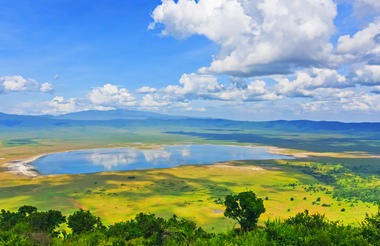
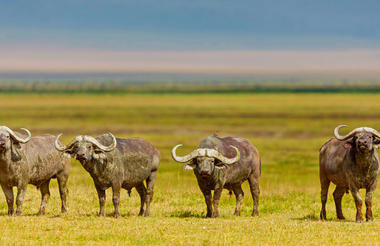
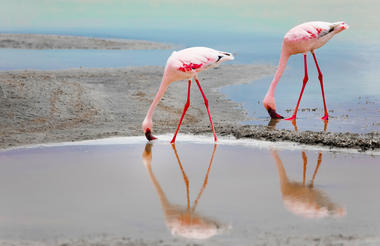
Not to be confused with the Kenyan lake of the same name set only a hundred kilomtres away, the Tanzanian Lake Magadi is an exquisite soda lake in the Ngororongo crater, named the Swahili word for salt. This is a wonderful destination for nature photographers, a scene that changes exquisitely through the seasons, moving through lush greens into striking oranges and bright pinks. Along with the changes come captivating, changing groups of animals including rhino, eland and lion, as well as golden jackals who come to hunt the flamingos. Spread over 11.2 square kilometres, the lake cultivates a unique ecosystem with its blue-green algae, which nourishes the plants and small creatures here. The surrounding crater is filled with incredible other natural attractions and a much wider variety of wildlife.
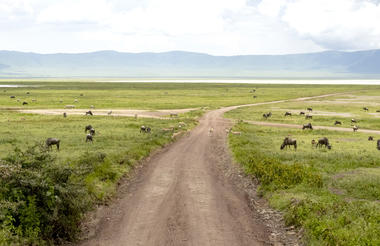
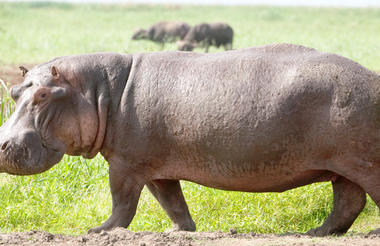

Northern Tanzania's Southern Serengeti, together with Kenya’s Masai Mara Game Park, form Africa’s most famous wildlife park. The image of acacia trees on an endless grass plain epitomises Africa for many. The annual wildebeest migration through the Serengeti and the Masai Mara is the largest mass movement of land mammals on the planet – with more than a million animals following the rains. Large prides of lions, and herds of elephants, giraffes, gazelles, and eland can be seen, making for some phenomenal photography opportunities. Hot air balloon rides provide further inspiration. Visitors can also look forward to cultural tours to delve into the rich heritage of the Masai people.
